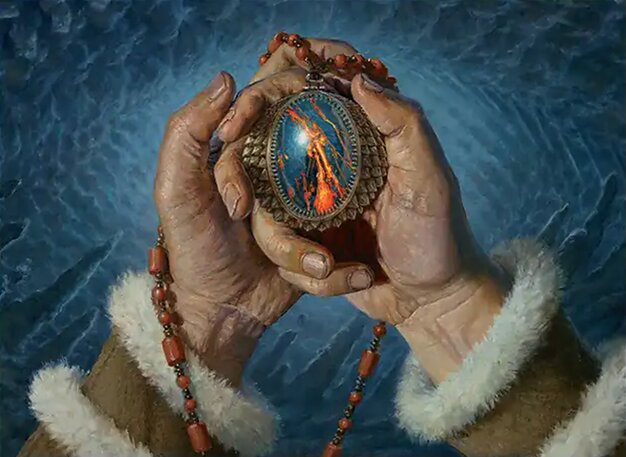
When a new Magic: The Gathering set drops, evaluating which artifact cards are actually worth your attention can be tricky. Some look flashy but fizzle in real play, while others quietly become format staples. Whether brewing new decks or just trying to stay ahead of the meta, knowing how to spot the best artifacts early can give you a real edge. Here’s how to break down what makes an artifact card stand out from the rest.
Identifying the best artifact cards in a newly-released Magic: The Gathering set starts with evaluating versatility. Artifacts that can slot into multiple deck archetypes tend to have more staying power. Cards like mana rocks, equipment, or colorless utility creatures often fit into a wide range of strategies, making them inherently more valuable. If an artifact can contribute to aggro, control, or combo decks without needing specific synergies, it’s worth paying attention to. Look for low mana costs, minimal setup requirements, and effects that impact the board immediately or provide long-term advantage.
Next, focus on synergy with current Standard staples or strong archetypes. A card might seem average on its own but can become exceptional when paired with the right pieces. For example, artifacts that generate tokens, copy spells, or reduce casting costs can fuel combos or amplify aggressive plays. Pay close attention to artifacts that interact well with popular mechanics or legendary creatures in the format. If a card enables or strengthens an existing tier deck, it’s more likely to see play. Reviewing what’s currently dominating the metagame helps in projecting where new artifacts could slot in.
Mana efficiency is another major factor. Artifacts that provide powerful effects relative to their mana cost often rise to the top. One-mana artifacts that fix colors, ramp, or provide card draw can define tempo in the early game. Conversely, higher-cost artifacts need to justify their expense with game-altering power or inevitability. If an artifact is expensive, ask whether it wins the game or turns the tide on its own. The balance of risk and reward becomes crucial here—overcosted or slow artifacts rarely survive in a fast-paced Standard environment.
Don’t overlook the format’s available artifact support. A set might include cards that care about artifacts entering the battlefield, being sacrificed, or counted for value. In those cases, artifacts that enable loops, serve as cheap fodder, or come with ETB triggers gain value. Even simple cards like a zero-mana artifact can become premium if they enable synergies with cards like Urza’s Saga or Reckoner Bankbuster. When a set includes a clear artifact subtheme, the value of enablers—cards that might otherwise be filler—can rise dramatically.
Finally, monitor early playtest results and community reactions. While theorycrafting is important, real-world testing reveals which artifacts perform consistently. Watch for early decklists from content creators, tournament results, and social media feedback. Often, hidden gems get uncovered once players experiment more broadly. Artifacts that fly under the radar at preview time can become staples if they outperform expectations in practice.
Combining your own analysis with community insight gives you the best chance of spotting the standout artifact cards before they spike in popularity—or price.
Thanks for reading and until the next blog post.
